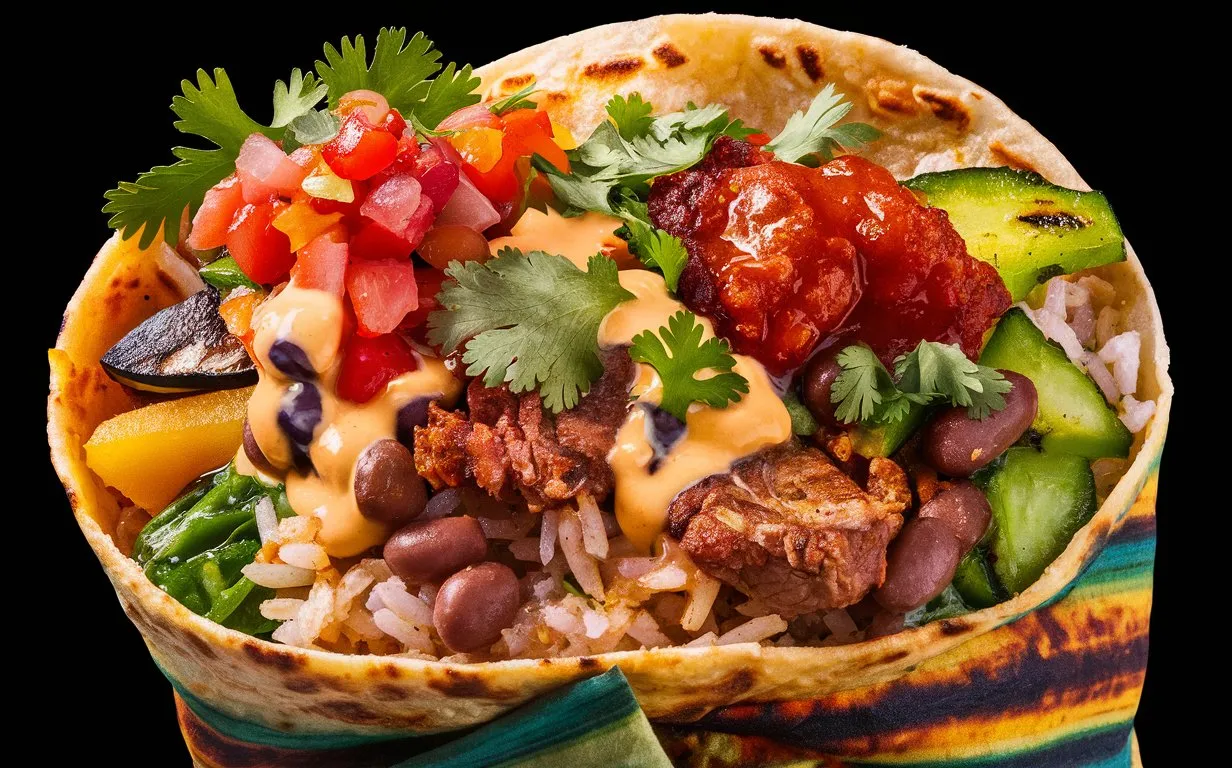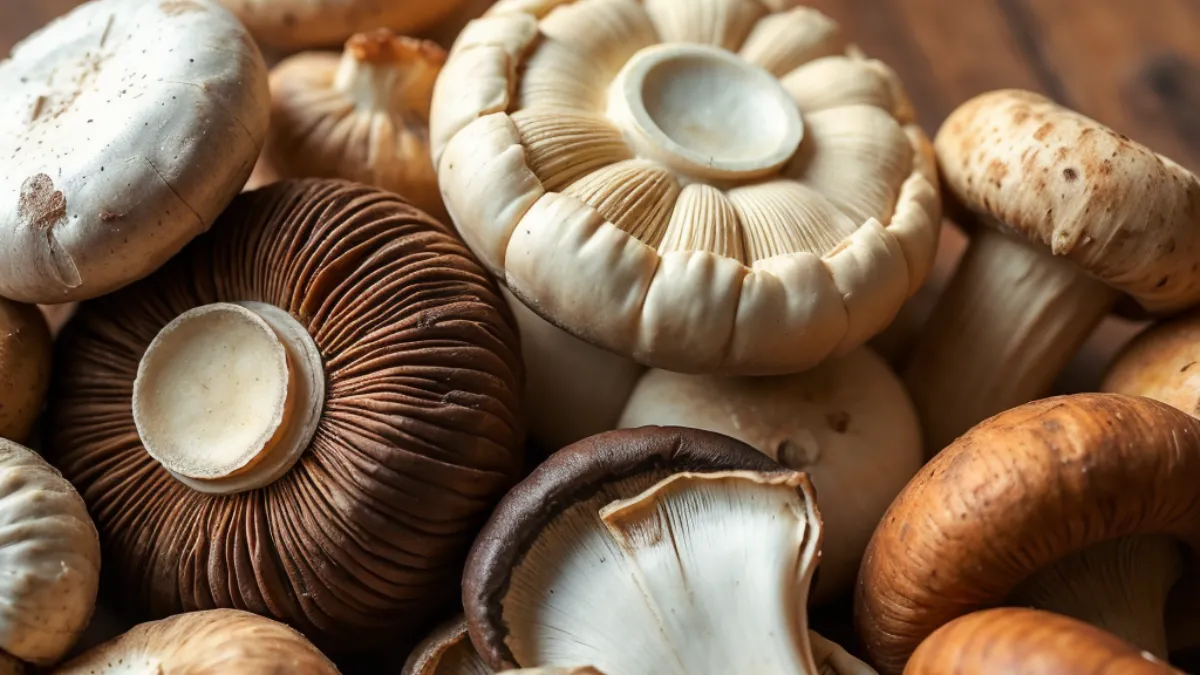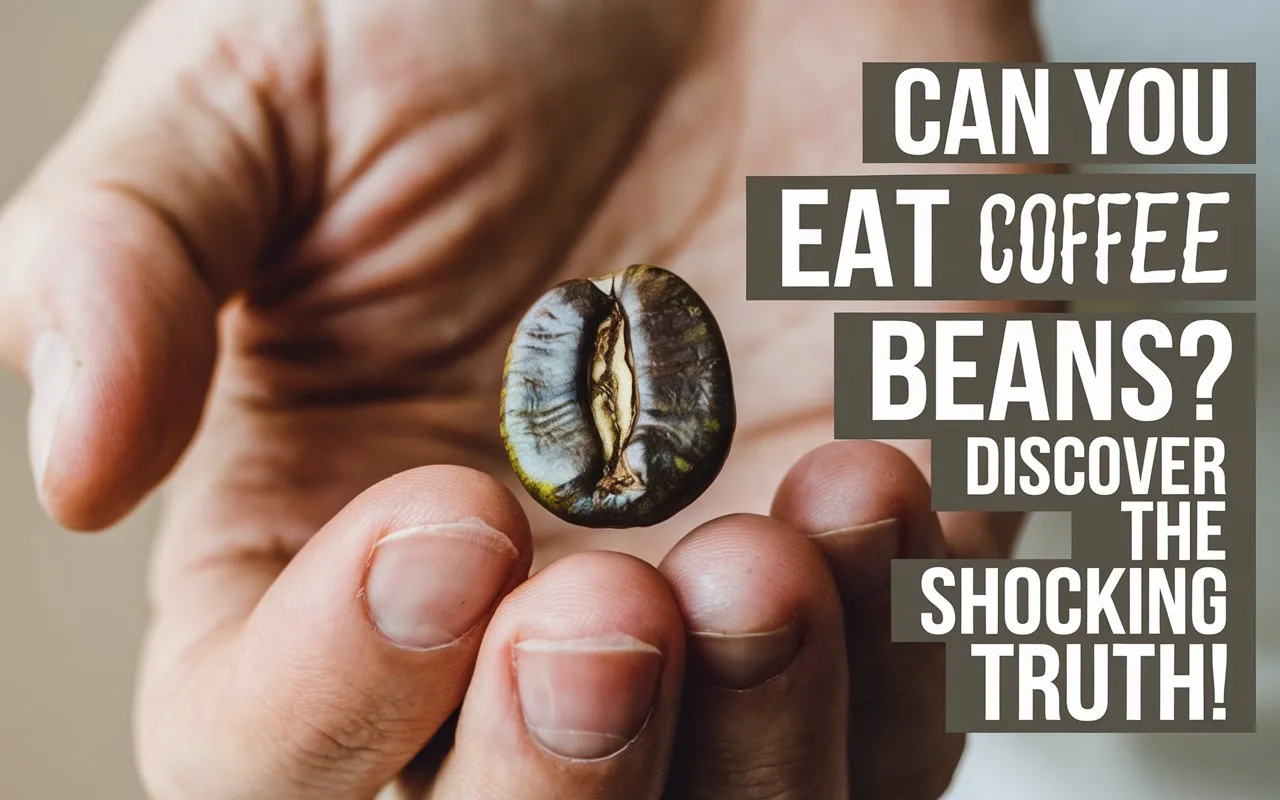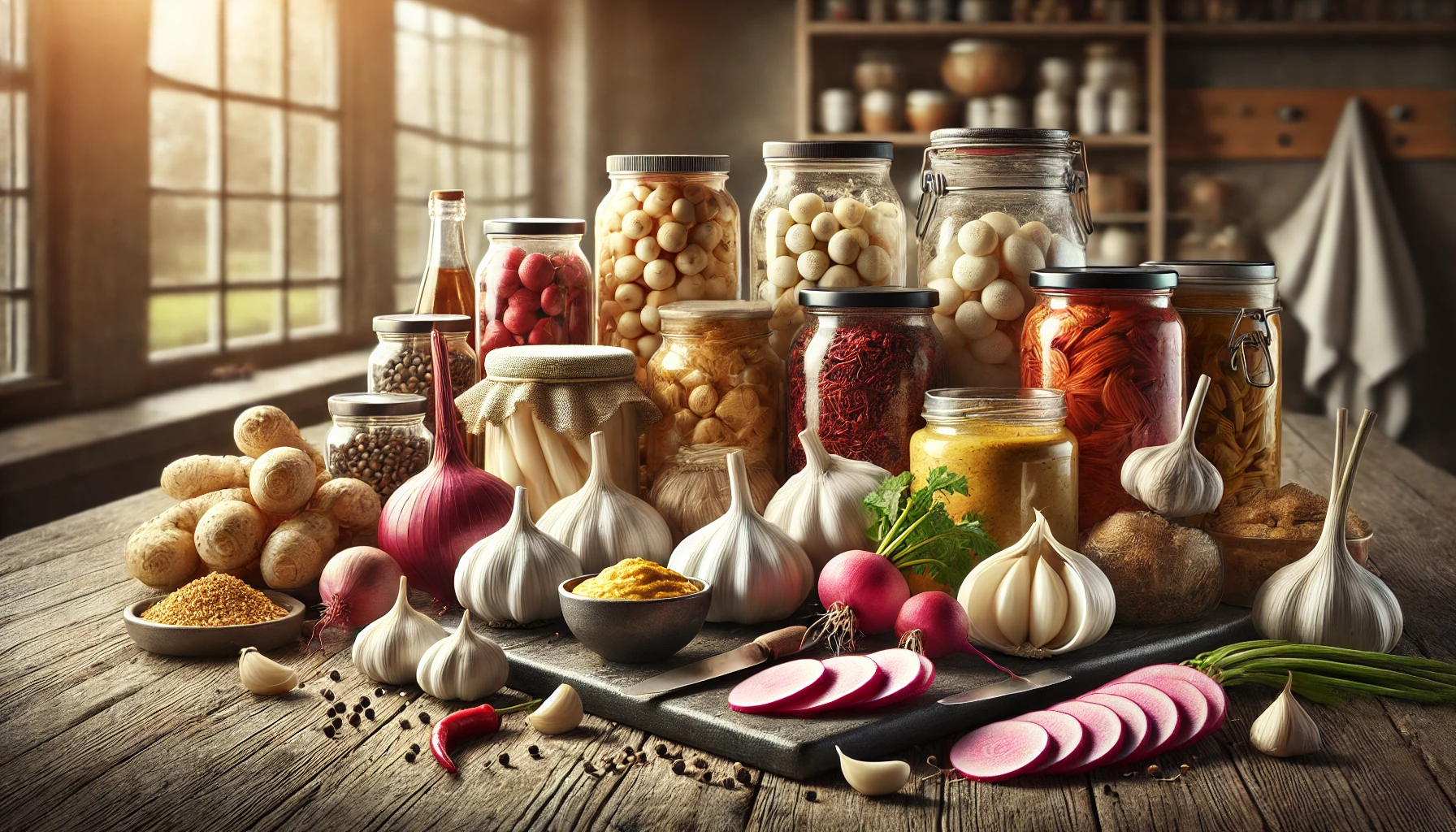Table of Contents
What food groups make up a burrito according to the MyPlate food groups? This question might seem simple, but the answer is surprisingly complex and exciting! Burritos are more than just a delicious meal; they are a perfect combination of various food groups that provide a balanced diet.
This article will explore the food groups that make up a burrito and reveal the surprising ingredients contributing to this beloved dish.
What Food Groups Are in a Burrito?
The Base: Grains
The first food group to consider when asking, What food groups are in a burrito? Is grains. The tortilla, usually made from wheat or corn, forms the foundation of any burrito recipe.
Grains are essential to a healthy diet, providing carbohydrates that fuel your body with energy. The tortilla wraps everything together, holding the ingredients in place and delivering that satisfying bite.
Grains are not just about energy; they also contribute fiber, which aids digestion and keeps you feeling full longer, making them a key component of nutrition. Depending on the type of tortilla, you can find options that are whole grain or enriched with additional nutrients, making your burrito even healthier.
The Protein Powerhouse: Meat, Beans, and Tofu
Next are the proteins crucial for muscle building and repair, which the filling ingredients can complement. What food groups are in a burrito without proteins, rice, or filling? Typically, burritos include protein options such as chicken, beef, pork, or fish. Beans and tofu are popular alternatives for vegetarians or those looking for plant-based options.
Proteins not only add a hearty texture to the burrito but also help in keeping you satisfied. Whether you opt for meat or plant-based proteins, this food group is vital for a balanced diet, providing essential amino acids your body cannot produce alone, and is often included in burrito recipes.
The Freshness Factor: Vegetables
Vegetables are essential in any burrito, adding color, flavor, and nutrients that enhance the overall nutrition information. Common vegetables found in burritos include lettuce, tomatoes, onions, and bell peppers. These veggies belong to the vegetable food group and are packed with vitamins, minerals, and antioxidants.
Incorporating a variety of vegetables in your burrito ensures you’re getting a good dose of nutrients, including vitamin C, potassium, and fiber. Vegetables also add a refreshing crunch that complements the softer textures of the other ingredients, enhancing the overall nutrition.
The Creamy Layer: Dairy
Dairy products like cheese and sour cream are often added to burritos, contributing to the dairy food group. These ingredients add creaminess and richness to the burrito, enhancing its flavor profile.
Dairy products are an excellent source of calcium, which is essential for strong bones and teeth. They also provide protein and vitamin D, making them valuable additions to your burrito.
Plenty of alternatives are available for those who are lactose intolerant or prefer non-dairy options, such as vegan cheese or cashew-based sour cream.
The Extra Flavor: Fats and Oils
What food groups give a burrito that extra flavor, especially when paired with salsa? Fats and oils play a subtle but significant role. Ingredients like avocado, guacamole, and cooking oils fall into this category, enhancing the flavor and nutrition of your burritos.
These fats are healthy when consumed in moderation and provide essential fatty acids your body needs, so ensure you know the nutrition facts.
Fats also enhance the flavor and texture of the burrito, making it more satisfying and enjoyable. Avocados, for instance, are a great source of heart-healthy monounsaturated fats and add a creamy texture that complements the other ingredients.
What Food Groups Are in a Burrito: The Perfect Combo of Food Groups
Now that we’ve explored the main food groups in a burrito, it’s clear that this dish is a well-balanced meal. By combining grains, proteins, vegetables, dairy, and fats, a burrito offers a variety of nutrients that support overall health.
What Food Groups Are in a Burrito: The Perfect Combo of Food Groups
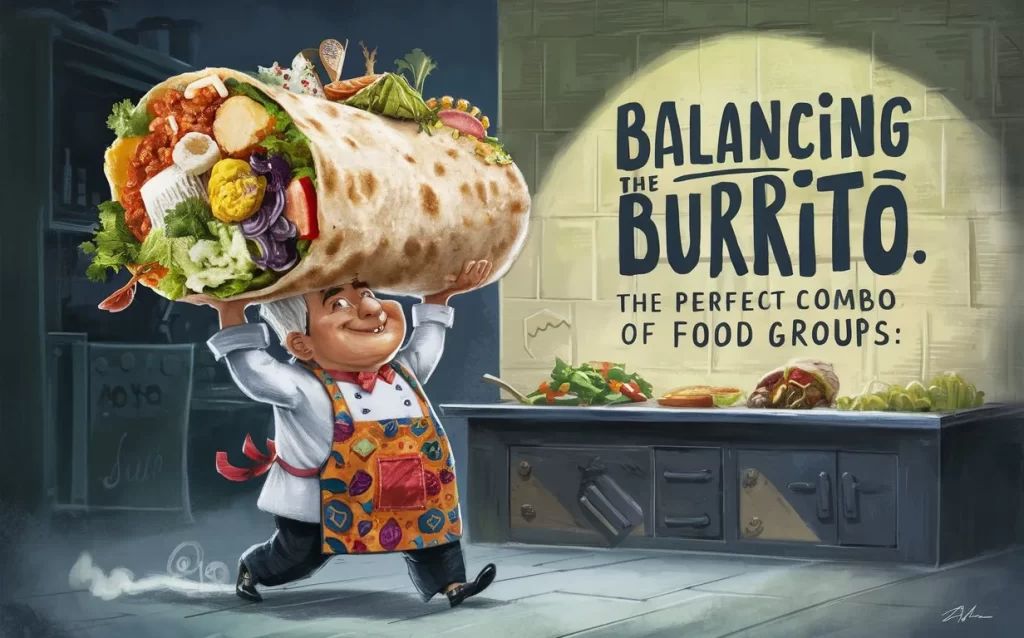
What Food Groups Are in a Burrito: Why Burritos Are More Than Just a Meal
Burritos are a convenient and tasty option and a great way to incorporate different food groups into your diet. What food groups are in a burrito? That is your question.
Why is this dish such a nutritional powerhouse, you ask? Various ingredients ensure a balanced intake of essential nutrients, making burritos an intelligent choice for any meal.
Also Read: What Does Food for Thought Mean? 7 Fascinating Insights Revealed
Customizing Your Burrito: Health Tips
One of the best things about burritos is that they can be easily customized to fit your dietary needs and preferences. Here are a few tips to make your burrito even healthier:
- Choose Whole Grain Tortillas: Opt for whole grain or low-carb tortillas to increase fiber content.
- Go Light on Dairy: If you’re watching your calorie intake, consider using less cheese and sour cream or low-fat versions.
- Add More Veggies: Pile on the vegetables to boost the vitamin and mineral content without adding too many calories.
- Consider Plant-Based Proteins: Use beans or tofu instead of meat for a lower-fat, high-fiber option.
- Watch the Fats: Ensure you know how they fit into your burrito recipe. Use healthy fats like avocado or olive oil in moderation to keep the burrito nutritious.
What food groups are in a burrito? Comes to mind. Seeing how this simple dish blends essential nutrients that cater to various dietary needs, including the addition of salsa, is fascinating.
From grains to proteins, vegetables, dairy, and fats, burritos offer a balanced, flavorful, satisfying, and nutritious meal. Whether making one at home or grabbing one on the go, burritos are a great way to enjoy a versatile and wholesome option that never disappoints.ts.

